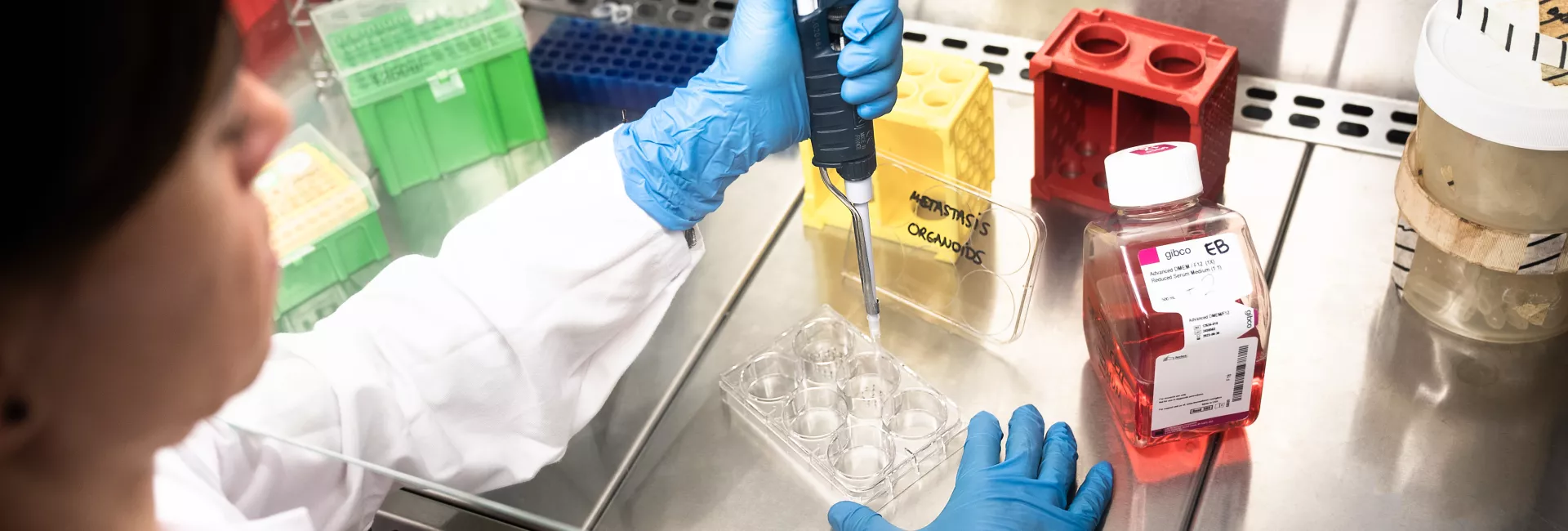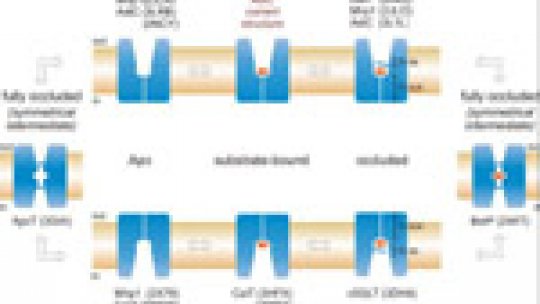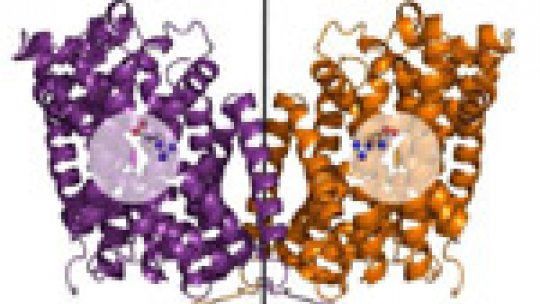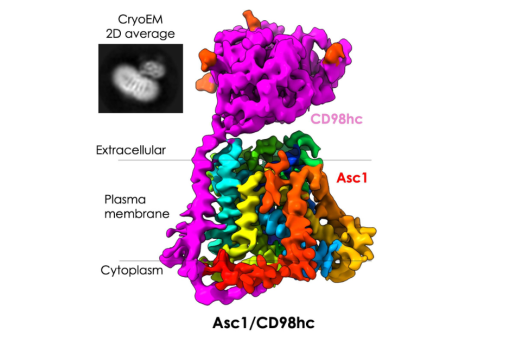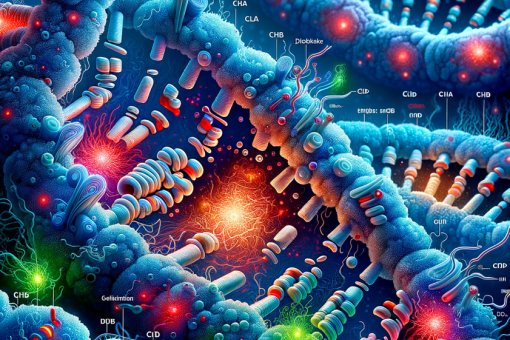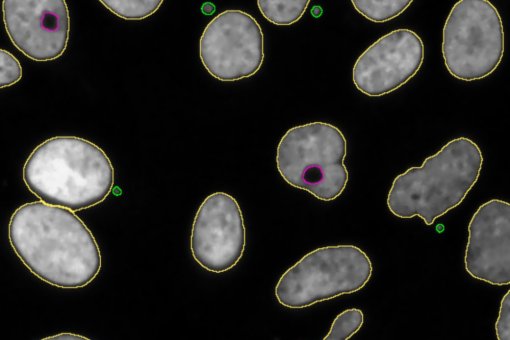Images
Contact

Scientists at IRB Barcelona resolve a three-dimensional structure required for the function of some vital cell transporters which communicate cells with the external environment.
This finding will contribute to understanding some of the functional disruptions caused by human diseases.
Researchers at IRB Barcelona have completed the 3D structural sequence adopted by several essential proteins in the exchange of substances between the extra and intracellular milieu. This finding provides a global perspective of the structural changes that occur in these relevant proteins during basic cell processes, such as protein synthesis, the regulation of metabolism and cell volume, and nerve transmission.
The exchange of substances between the intra and extra cellular environment is performed by transporter proteins located in cell membranes. These proteins act as selective gates, allowing substances to pass through depending on cell requirements. In humans, transporters like LAT and CAT are particularly relevant as they mediate amino acid transport and are crucial in intestinal absorption and renal reabsorption, protein synthesis, the maintenance of antioxidants, and infection produced by the virus associated with Kaposi sarcoma. According to Manuel Palacín, one of the project coordinators, 300 transporter mutations have been identified in diseases. Consequently, understanding their function is crucial for the development of new pharmacological treatments.
Structural biology as the base from which to study human disease
Having achieved the sequencing of genomes, one of the challenges in biomedicine is to identify the 3D structures of proteins that are crucial for life, such as intra and extracellular transporters. LATs and CATs move within cell membranes, adopting distinct conformations that allow the passage of molecules across the membrane. In this study the scientists have addressed the distinct conformations of the AdiC transporter, a model protein for the study of human LAT and CAT and present in the bacteria Escherichia coli.
By generating crystals of an AdiC variant (mutant N101A) and later X-ray study, researchers have determined for the first time the 3D structures of this protein when binding a molecule from the extracellular environment. With this new structure, they have completed the film frame that comprises the distinct conformations of these transporters, from when they bind to a molecule until its release in inside the cell and the start of the whole process again with another molecule.
“Now we have a complete register of the events, although with different transporter proteins”, explains Palacín. “The future lies in revealing the complete film of each of these proteins. This knowledge will help us to understand diseases such as cistinuria and to design drugs that inhibit the uptake of amino acids by cancer cells and thus affect the viability of these cells”.
The study has been headed by IRB Barcelona researchers Manuel Palacín and José Luis Vázquez (investigator ICREA), in collaboration with the labs run by Ignasi Fita and Modesto Orozco, both at the same institute, and researchers at the Centro de Investigación Biomédica en Red de Enfermedades Raras (CIBERER) and the University of Barcelona. The article has been published in today’s issue of Proceedings of the National Academy of Sciences of the United States of America (PNAS).
Reference article:
Molecular basis of substrate-induced permeation by an amino acid antiporter
Lukasz Kowalczyka, Mercè Ratera, Antonella Paladino, Paola Bartoccioni, Ekaitz Errasti-Murugarren, Eva Valencia, Guillem Portella, Susanna Bial, Antonio Zorzano, Ignacio Fita, Modesto Orozco, Xavier Carpena, José Luis Vázquez-Ibar, and Manuel Palacín
PNAS (2010) [doi: 10.1073/pnas.1018081108]
About IRB Barcelona
The Institute for Research in Biomedicine (IRB Barcelona) pursues a society free of disease. To this end, it conducts multidisciplinary research of excellence to cure cancer and other diseases linked to ageing. It establishes technology transfer agreements with the pharmaceutical industry and major hospitals to bring research results closer to society, and organises a range of science outreach activities to engage the public in an open dialogue. IRB Barcelona is an international centre that hosts 400 researchers and more than 30 nationalities. Recognised as a Severo Ochoa Centre of Excellence since 2011, IRB Barcelona is a CERCA centre and member of the Barcelona Institute of Science and Technology (BIST).
